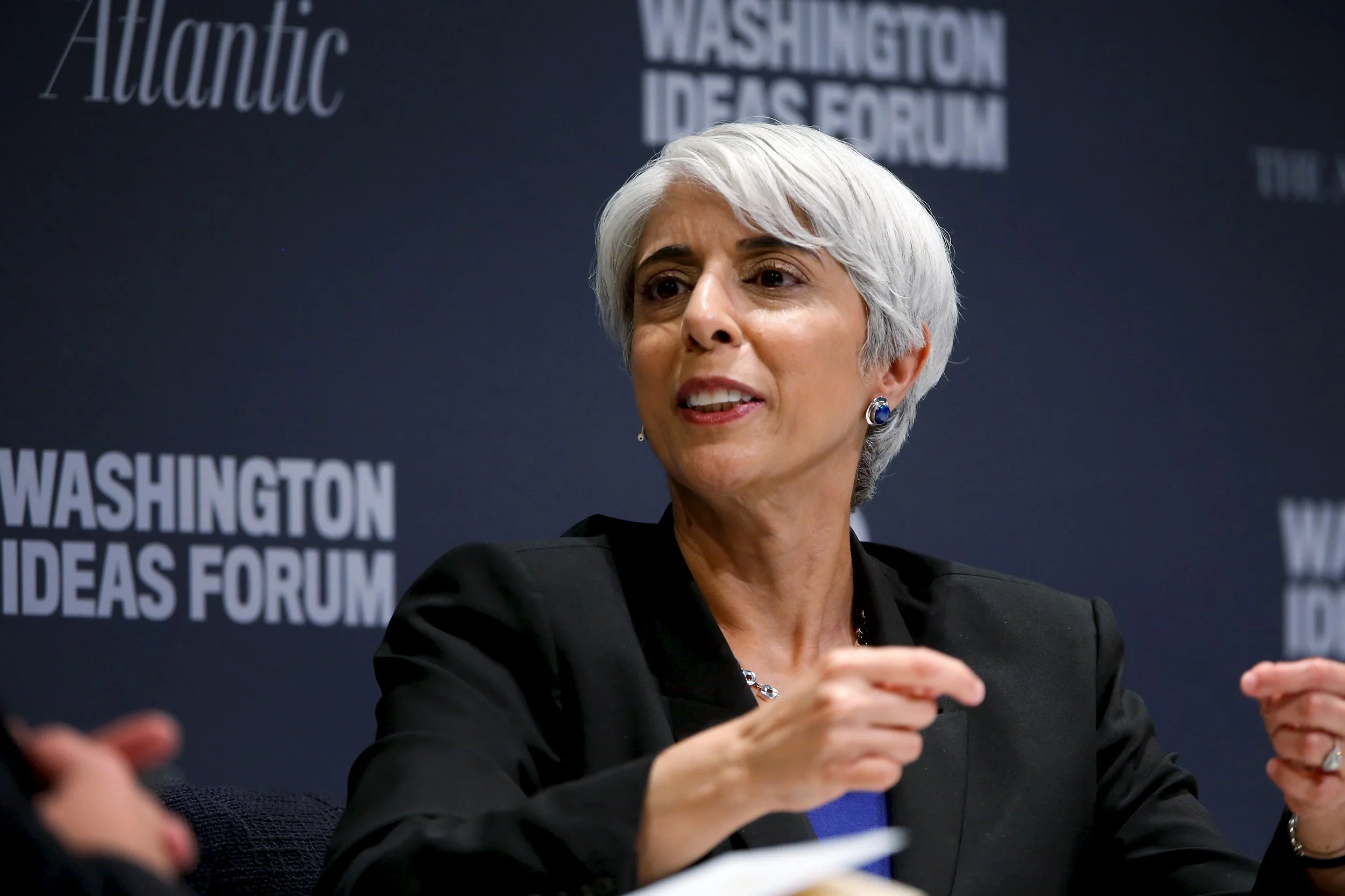On September 22, the Senate confirmed Arati Prabhakar as White House Office of Science and Technology Policy (OSTP) director, the first woman of color and immigrant to hold the position. Over the past several administrations, the OSTP director has evolved from serving as an advisory role on science and technology issues to becoming a cabinet-level position with more policy coordinating functions and responsibilities. It now plays a role similar to the Domestic Policy Council or National Economic Council in both advising the president and coordinating policy agendas across multiple agencies.
OSTP’s portfolio is also growing. The administration recently launched ARPA-H to support transformative high-risk, high-reward research to drive biomedical and health breakthroughs. They released an Artificial Intelligence Bill of Rights blueprint this week that sets out a framework for mitigating the potential harms caused by the rise of artificial intelligence systems. OSTP is also increasingly called on to weigh in on strategies for contending with the national security risks posed by technologies vulnerable to foreign influence, such as drones and TikTok.
Added to all of this are the immense implementation challenges with the technology and research and development (R&D) provisions in recent legislation:
The Infrastructure Investment and Jobs Act provides $20 billion to support research for new technologies such as nuclear reactors and carbon capture. It also invests more than $60 billion for expanding broadband access.
The CHIPS and Science Act will invest nearly $55 billion in grants and loan guarantees to bolster US semiconductor production. The legislation also authorizes a broad array of R&D programs across the federal government. The National Science Foundation, for instance, would receive $20 billion for a new R&D directorate and more than $61 billion will support research at universities. The Department of Commerce is also responsible for running a competition to create 10 regional innovative hubs across the country.
The Inflation Reduction Act invests $27 billion into a “green bank” to finance clean energy technologies, with additional extended and enhanced tax credits to spur manufacturing of such technologies.
In management theory, it’s said that good strategies often fail at their execution. The same is true in public policy, in which promising policies passed by Congress often fail in their implementation. This lack of expertise in execution and implementation can have serious consequences. One has only to look back at the stumbles in launching Healthcare.gov and the high-profile failure of Solyndra to understand the magnitude of such mistakes. Some of these risks emerge from a lack of technical expertise in an agency and other times can come from political influence weighing in on decisions.
This is among the biggest challenges facing OSTP, which now must ensure the successful execution of new policies and programs that require not only coordination among different federal agencies but also with universities, the private sector, and governors.
Prabhakar is uniquely suited for navigating these challenges. She previously headed the Defense Advanced Research Projects Agency and the National Institute of Standards and Technology. She held several roles in Silicon Valley, including with the early-stage venture firm US Venture Partners, and she recently founded the nonprofit Actuate, which seeks to bring new actors to the table in developing solutions for areas such as climate, health, and trustworthy data. She will be able to draw on that public and private sector experience to shape how agencies stand up these new programs and design the guidelines and rules for new funding streams.
There are two additional ways OSTP can build durable support for these programs. The first is to approach implementation as not just coordinating horizontally among federal agencies but also vertically with state governors. States will be responsible for designing and implementing much of these policies, including the semiconductor grants and broadband funding. And as Bloomberg noted, many of the best areas for new green technologies tend to be located in red states. Building bipartisan relationships with these governors now and after the November elections will help improve the chances of success.
Second, many of the recent legislative programs grew out of bipartisan support in Congress. The administration needs to ensure that support is maintained, particularly given that many of these programs will take place over a decade and across different administrations. It will be vital to ensure conservatives are part of advisory councils and review committees for these projects.
American science and technology is one of the most powerful engines for innovation, economic growth, and improved standard of living. The newly reinvigorated OSTP will play an important role in maximizing the benefits of these new laws while protecting against undue political influence and fraud, waste, and abuse. Prabhakar taking the helm of the organization could not come at a more important and consequential time.
